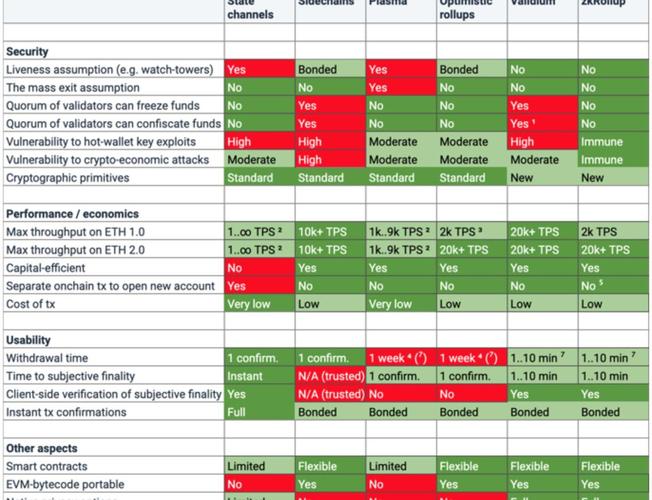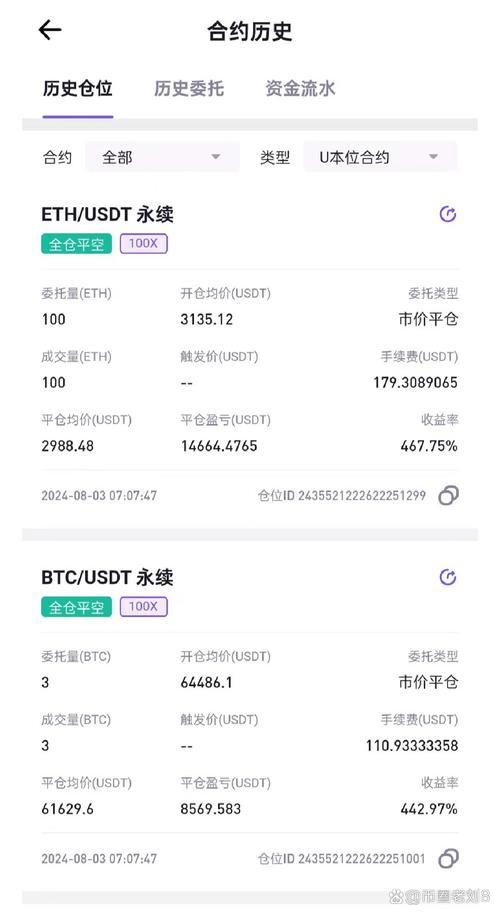Ethereum 2.0: Unveiling the Potential of its TPS
Ethereum, the second-largest cryptocurrency by market capitalization, has been a cornerstone in the blockchain industry. As the network evolves, Ethereum 2.0 promises to revolutionize the way transactions are processed. One of the most anticipated features of Ethereum 2.0 is its increased transaction throughput, or TPS. Let’s delve into the details of Ethereum 2.0’s TPS and its implications for the future of blockchain technology.
Understanding TPS
Transaction Per Second (TPS) is a measure of how many transactions a blockchain network can process in a given time frame. Higher TPS means the network can handle more transactions simultaneously, reducing congestion and increasing scalability. Ethereum 1.0’s TPS is limited to around 15-30 transactions per second, which has been a bottleneck for the network, especially during times of high demand.

Ethereum 2.0’s TPS: A Leap Forward
Ethereum 2.0 aims to address the TPS limitations of its predecessor by introducing several key changes. One of the most significant changes is the shift from a Proof of Work (PoW) consensus mechanism to a Proof of Stake (PoS) mechanism. This change alone is expected to increase the network’s TPS significantly.
According to Ethereum’s roadmap, Ethereum 2.0 is expected to achieve a TPS of 100,000 to 1 million transactions per second. This is a massive improvement over the current TPS and will enable the network to handle a much larger volume of transactions without experiencing congestion.
How Does Ethereum 2.0 Achieve Higher TPS?
Ethereum 2.0 achieves higher TPS through several mechanisms:
-
Sharding: Ethereum 2.0 introduces sharding, a technique that divides the network into smaller, more manageable pieces. Each shard can process transactions independently, allowing for parallel processing and significantly increasing the network’s TPS.

-
Proof of Stake (PoS): By moving to PoS, Ethereum 2.0 reduces the computational power required to validate transactions, which in turn increases the network’s TPS.
-
Layer 2 Scaling Solutions: Ethereum 2.0 will also support layer 2 scaling solutions, such as rollups and state channels, which can further increase the network’s TPS by offloading some of the transaction processing to off-chain systems.
Table: Comparison of Ethereum 1.0 and Ethereum 2.0 TPS
| Ethereum Version | Current TPS | Projected TPS |
|---|---|---|
| Ethereum 1.0 | 15-30 | 100,000-1,000,000 |
| Ethereum 2.0 | 100,000-1,000,000 | 100,000-1,000,000 |
The Impact of Higher TPS on Ethereum’s Ecosystem
The increased TPS in Ethereum 2.0 will have several positive impacts on the network’s ecosystem:
-
Decentralized Applications (DApps): With higher TPS, DApps will be able to handle more users simultaneously, leading to better user experiences and wider adoption.
-
Smart Contracts: Smart contracts will become more efficient and cost-effective, as they will be able to process transactions faster and at a lower cost.
-
Tokenomic Incentives: The increased TPS will also lead to better tokenomic incentives for validators and stakers, as they will be able to earn rewards more quickly.
Conclusion
Ethereum 2.0’s TPS is a game-changer for the blockchain industry. By increasing the network’s transaction throughput, Ethereum 2.0 will enable the network to handle a much larger volume of transactions without experiencing congestion. This will have a significant impact on the network’s ecosystem, leading to better user experiences,
